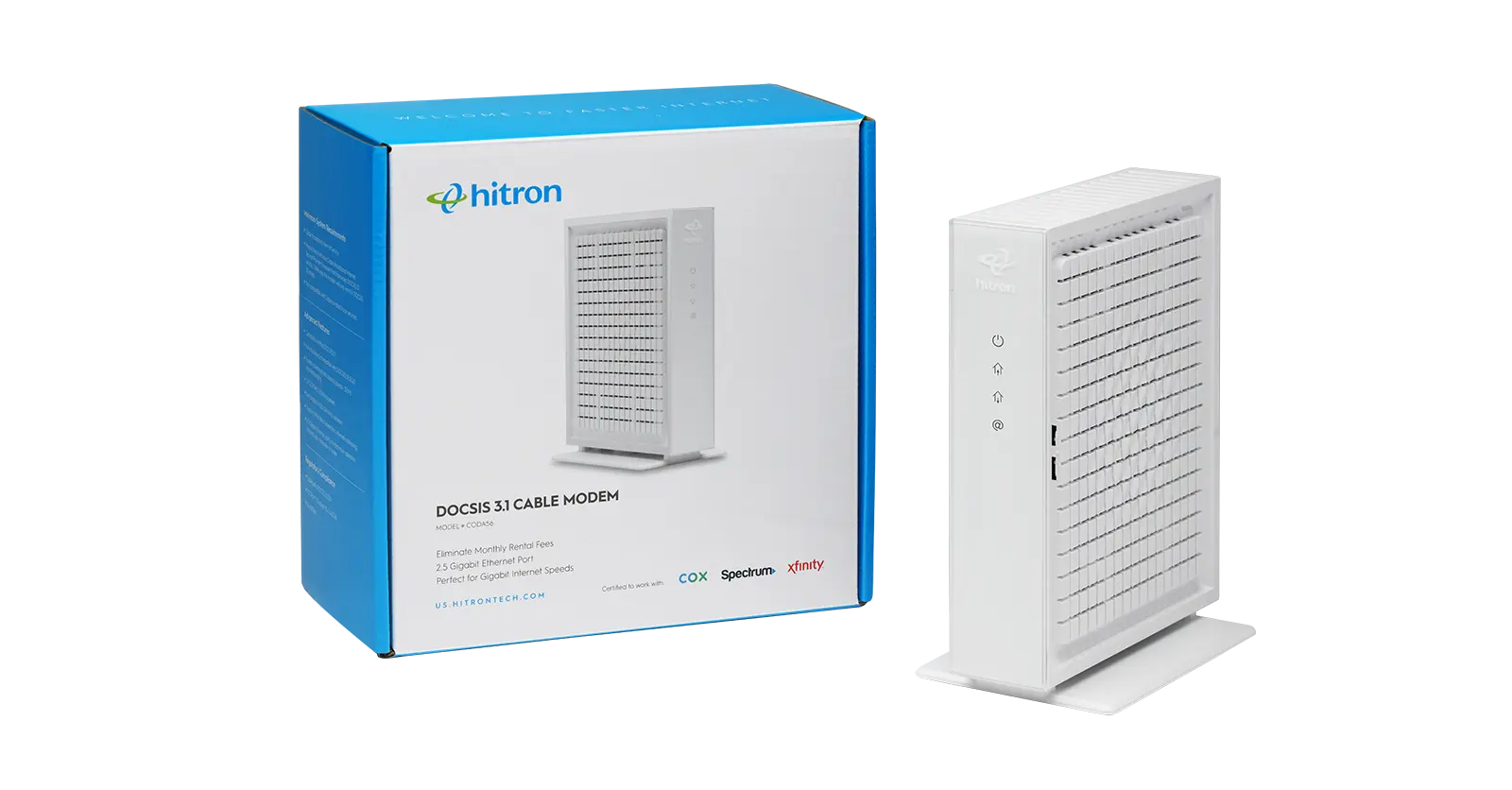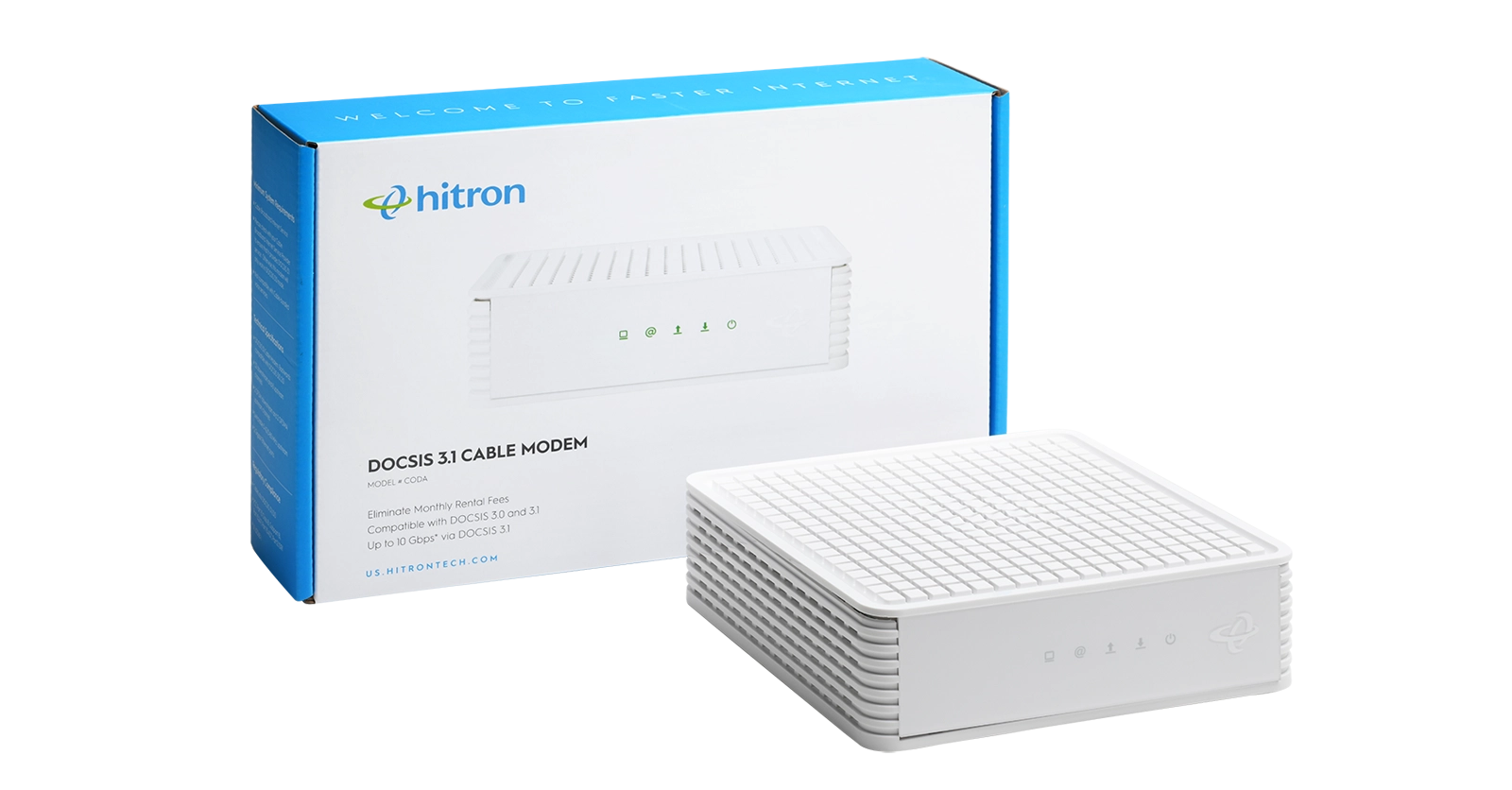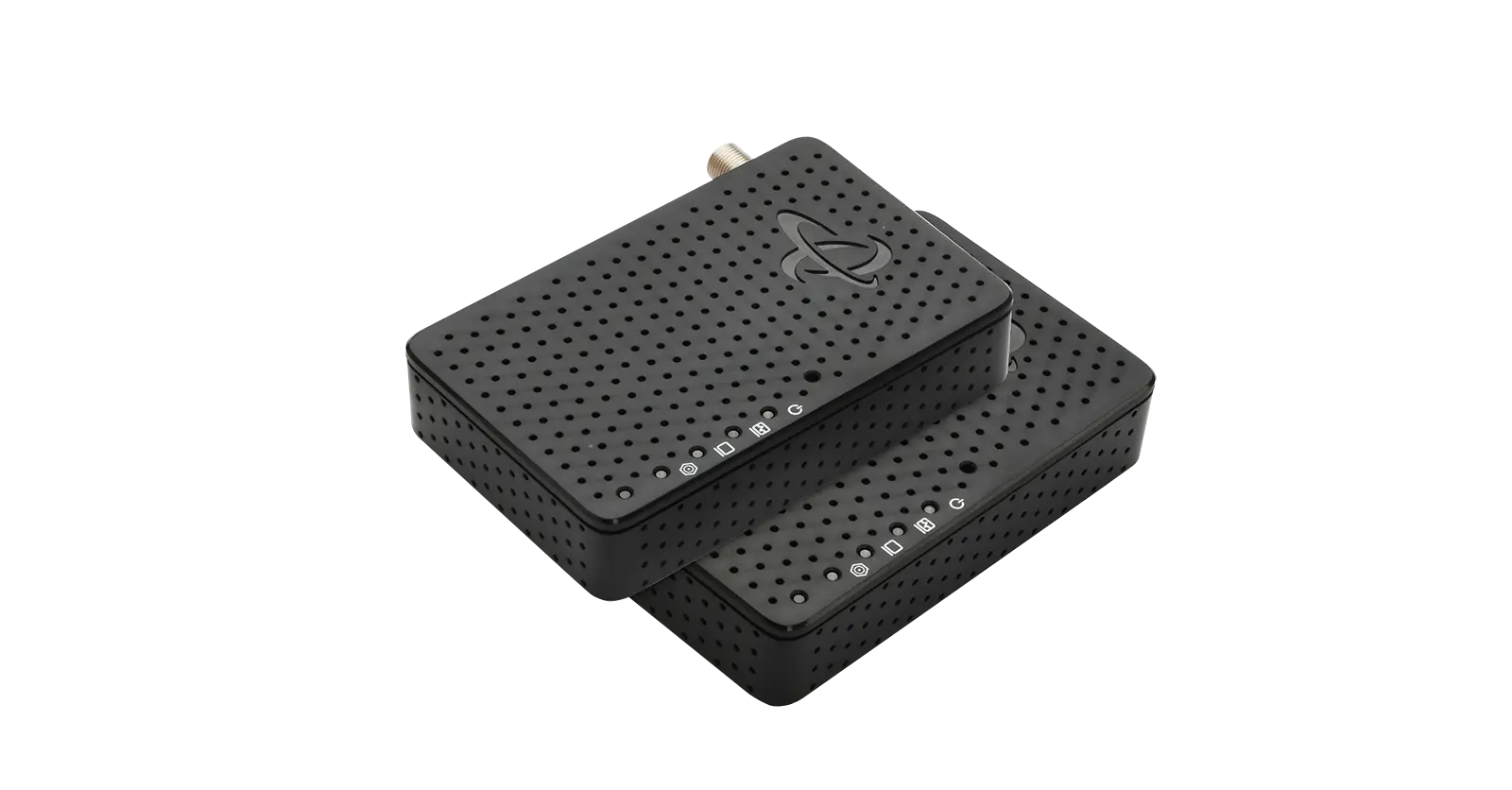At first glance, fiber and mobile appear to be competitors. However, their convergence is powerful (and necessary). Fiber technology’s ability to accommodate higher bandwidth and greater speeds is transformative for technologies like 5G and small cell deployments for mobility.
Where mobile core networks cannot wirelessly transmit all of the rapidly growing data volumes, hybrid fiber cable (HFC) can. The future for operators is turning to HFC backhauls to support technologies like 5G and small cell deployments for mobile backhaul. This means having a core mobile network that is made up of fixed line (fiber) connections.
Fiber/Mobile ROI for Operators
Since mobile is ever linked to fiber, HFC backhaul networks have the potential to deliver a strong income stream to HFC network operators. The small cell deployments are a cost-effective and efficient solution to offer wireless mobility as a service option to customers.
This fiber and wireless 5G networks convergence have influenced some big changes already:
- S. carriers and service providers have focused their efforts on fiber optic cabling in their network.
- Traditional wireline/cable operators (who have the fiber optic plant) and cellular wireless carriers have the opportunity to partner.
- It’s likely that multiple carriers will share fiber backhaul for a wireless play instead of building out separate fiber plants to each neighborhood.
HFC offers many key advantages for wireless backhaul, including ubiquity and capacity. And unlike a PON or fiber network, HFC deployments already have power running on the coax cable, meaning you can easily power a small cell deployment without extra permitting or electrical work. Initial studies have shown that using HFC as a backhaul is substantially cheaper than fiber – with a 20x faster time to market.
Business Longevity
Every technology will have its a role to play and the future of a multi-access network has no room for being siloed any longer. That means it is time to strategically think about the interdependencies of Fiber and wireless technologies for your own business longevity.
The increased bandwidth and low latency of 5G networks will support future technologies and applications like artificial intelligence (AI), (VR/AR), autonomous vehicles, and IoT. And the emergence of these new technologies and advancements will require a fiber/HFC backbone. Service providers with HFC backhaul will be able to deliver a wider range of services, adopt new business models, offer innovative services and enter new markets.
Leverage Your Existing DOCSIS Infrastructure
Today, you are your customer’s broadband provider. Tomorrow, you can also be their mobile provider. By pairing Hitron’s ODIN1112 DOCSIS 3.1 modem with a small cell gateway, cable operators can leverage their massive HFC plant spanning thousands of miles to offer their customers mobile service. And deployment is a lot faster, easier and cheaper than you’d ever imagine.
DOCSIS Timing Protocol for Cellular – It’s Here
Global network timing is critical for cellular voice and Time Division Duplex (TDD) networks like TDD-LTE and 5G. Without synchronization, you’ll get cross-link interference: when one radio transmits, it can interfere with the ability for another radio to receive. Macrocell sites have traditionally used GPS for synchronization. But incorporating a GPS connection isn’t economically feasible for small cell deployments, so the transport and the backhaul networks need to provide timing.
That’s where DOCSIS Time Protocol (DTP) comes in. DTP enables the passing of networking timing over DOCSIS 3.1 networks, providing precise frequency and time to devices connected to a DOCSIS modem. In short, DTP makes it possible to use DOCSIS as a backhaul for 5G and TDD-LTE services.
Hitron launched the industry’s first DOCSIS modem to support DTP, making the new era of wireless backhaul over DOCSIS a reality. Hitron has been working in close partnership with CableLabs, Cisco and cable operators to open the door for cable operators to enter the mobile market and grow subscribers and revenue. Leveraging your existing real estate of DOCSIS networks to roll out lucrative wireless services at a significantly reduced cost is finally an achievable reality.
Are you ready to offer cellular service with mobile backhaul over DOCSIS? Contact our friendly Hitron team today to find out more.


